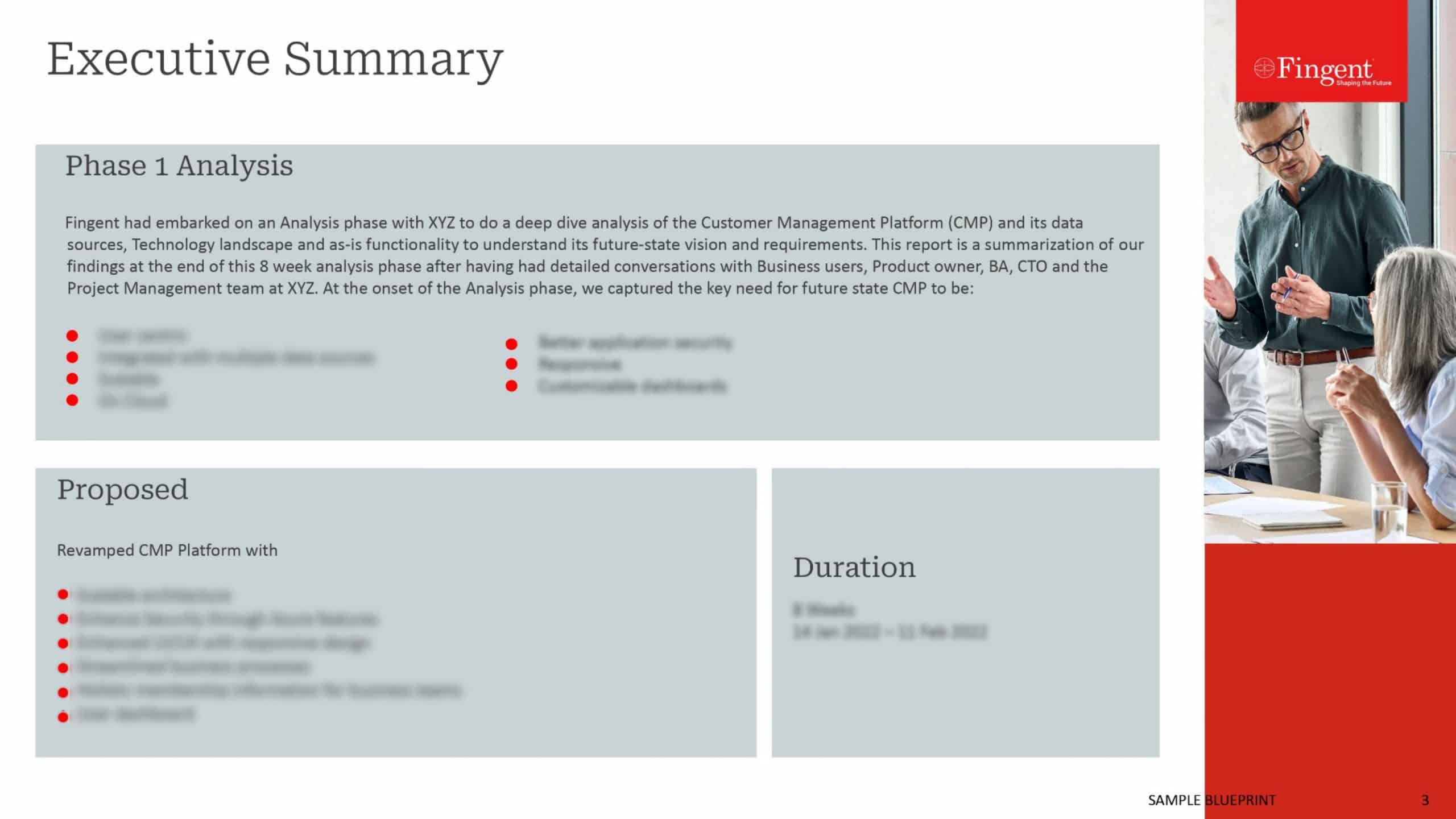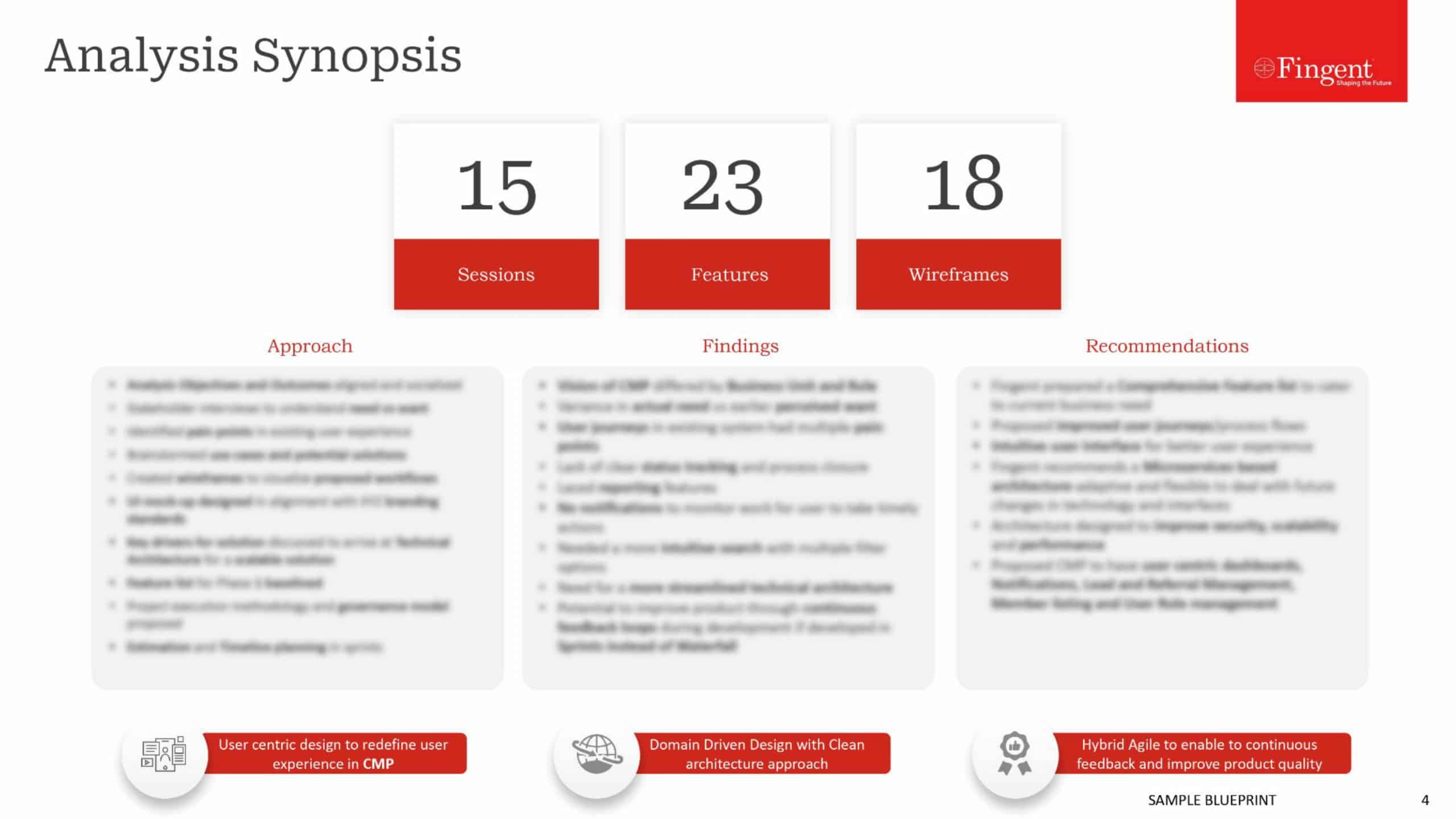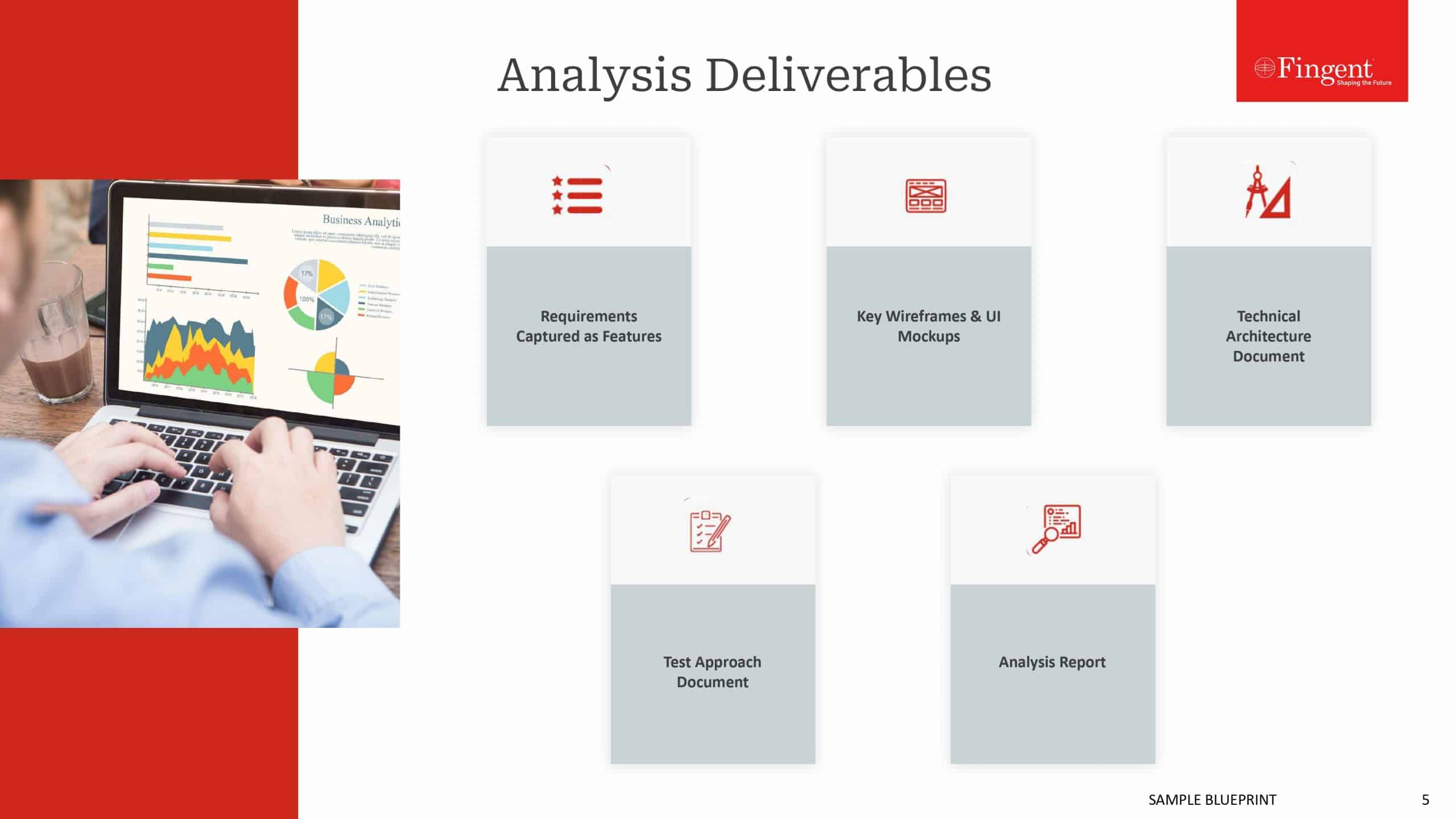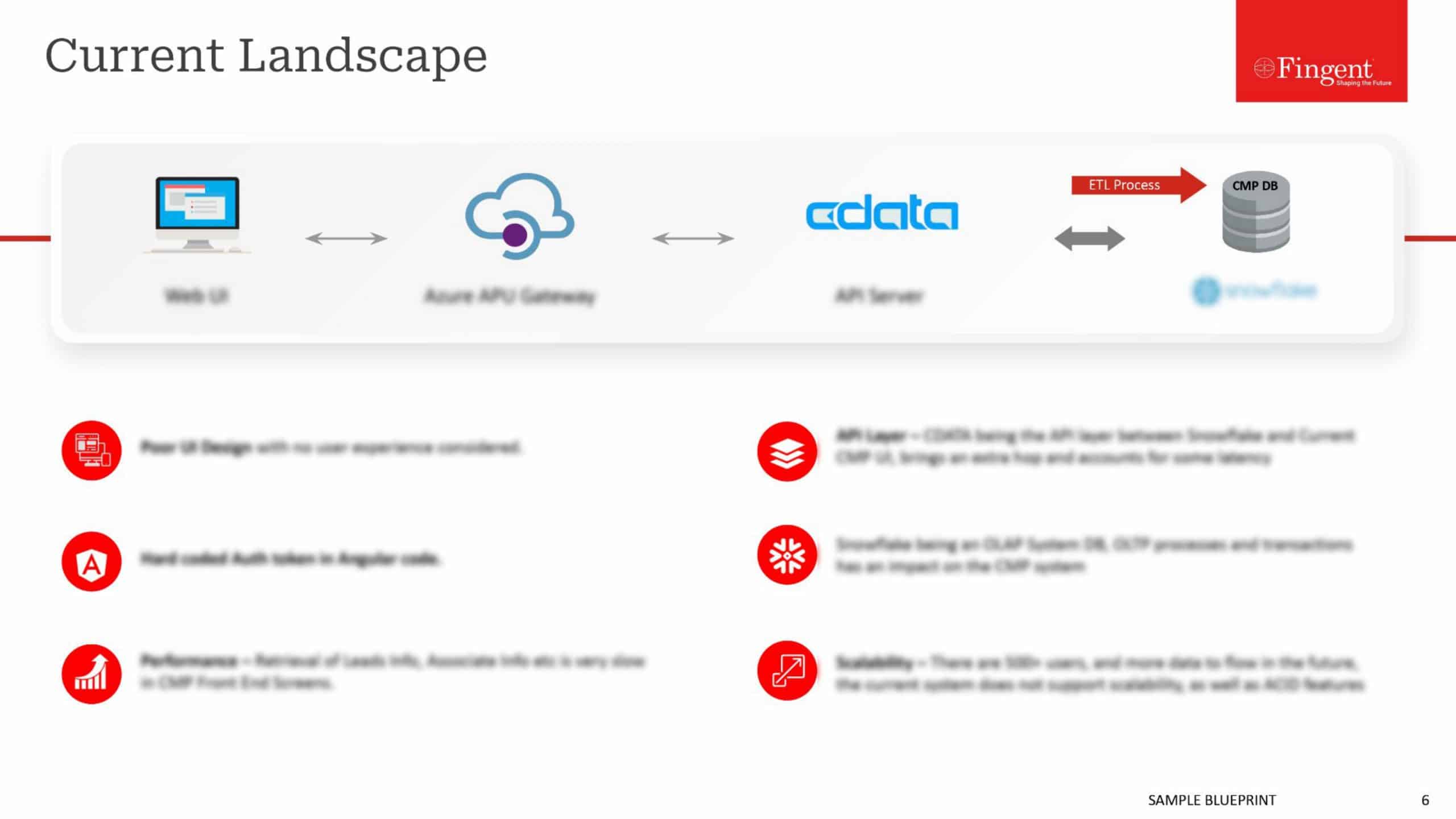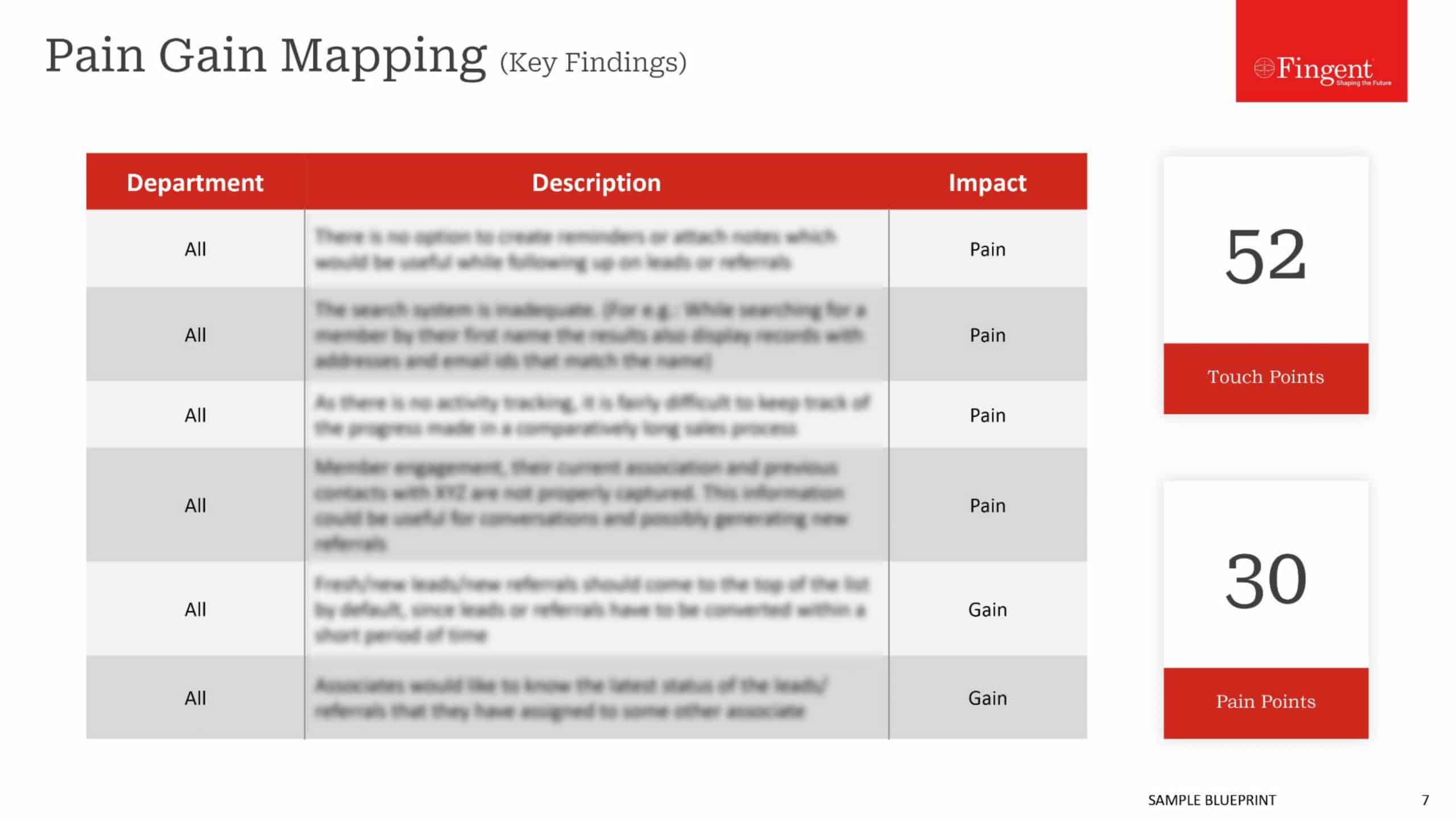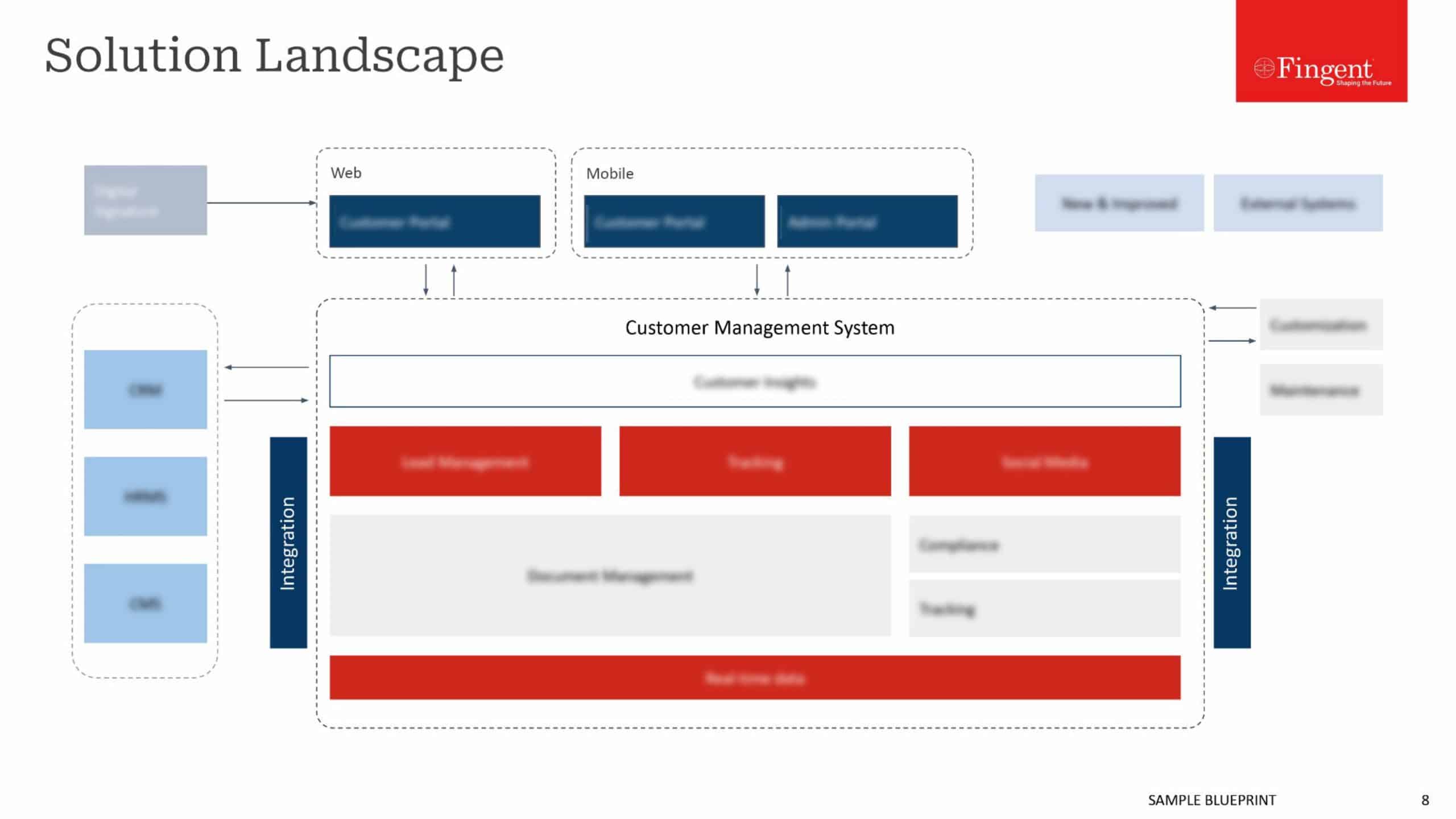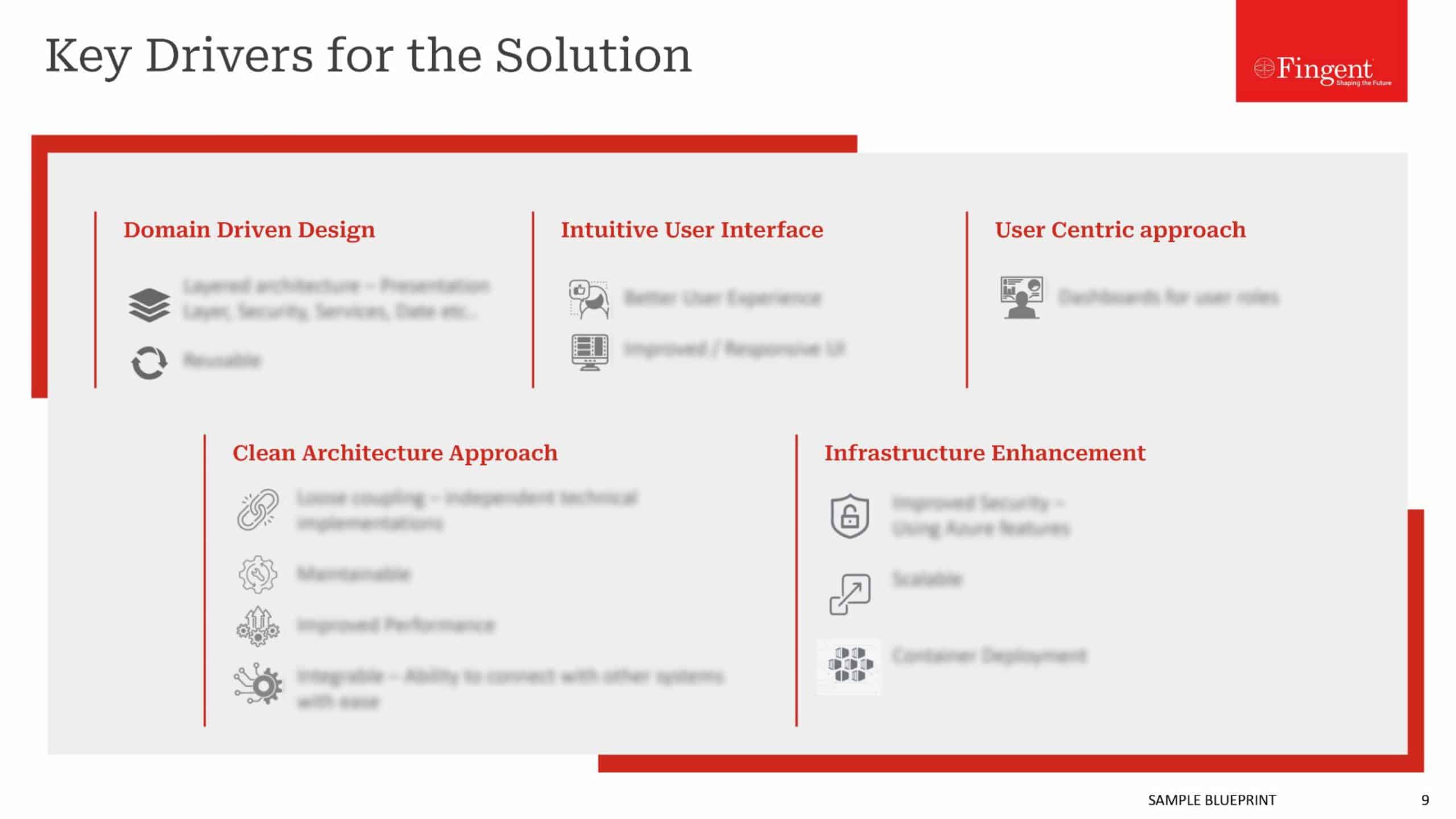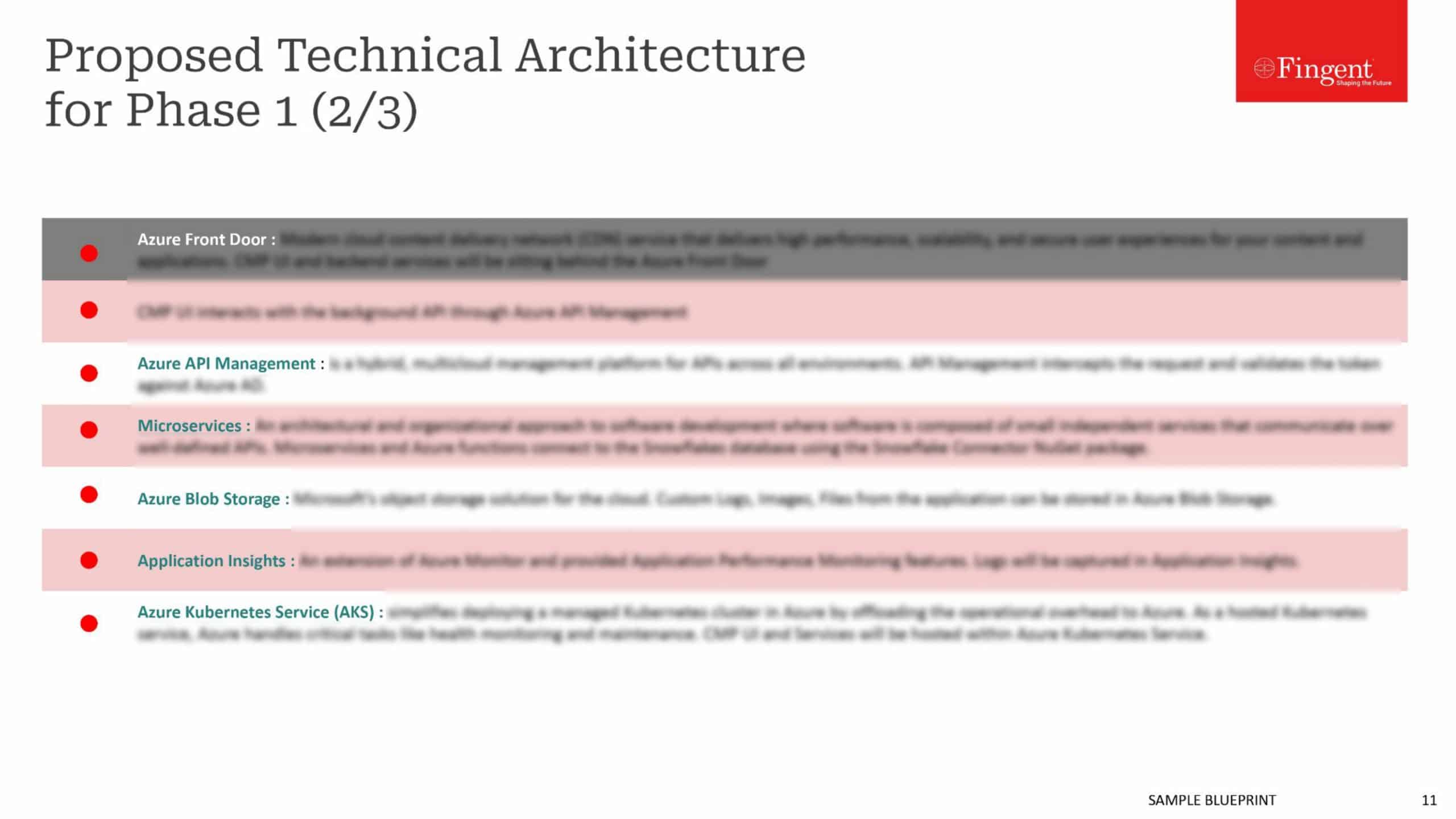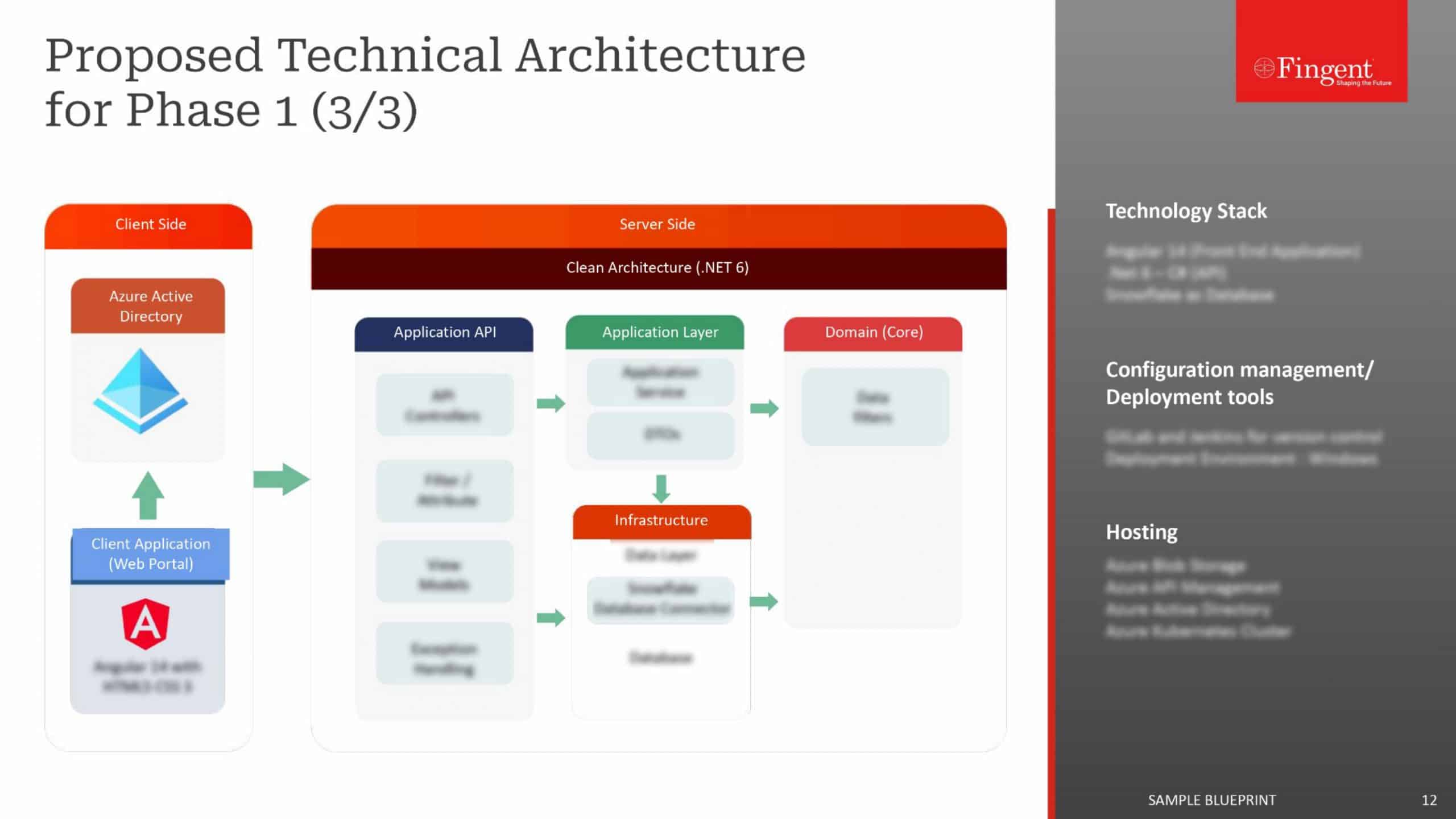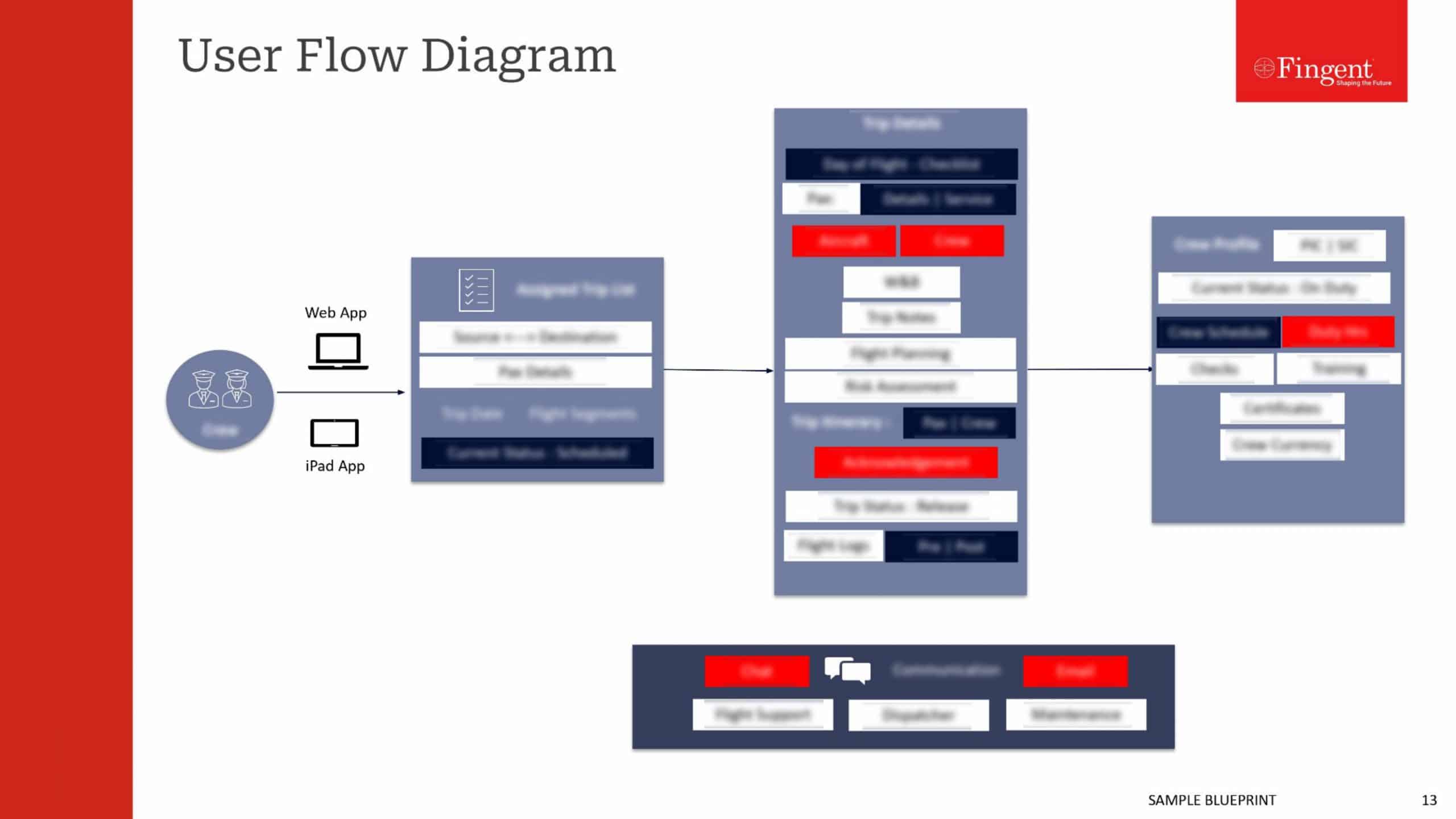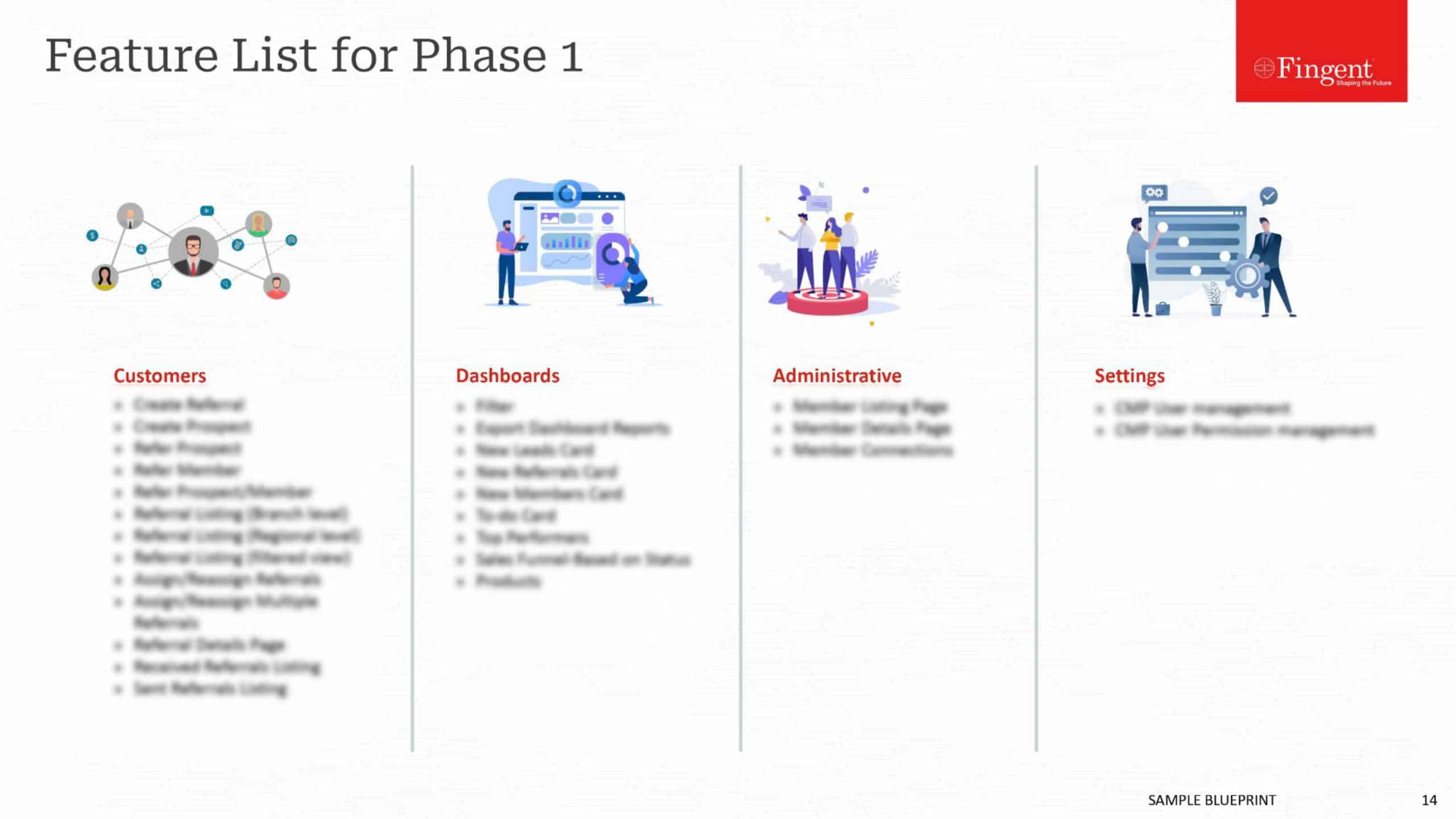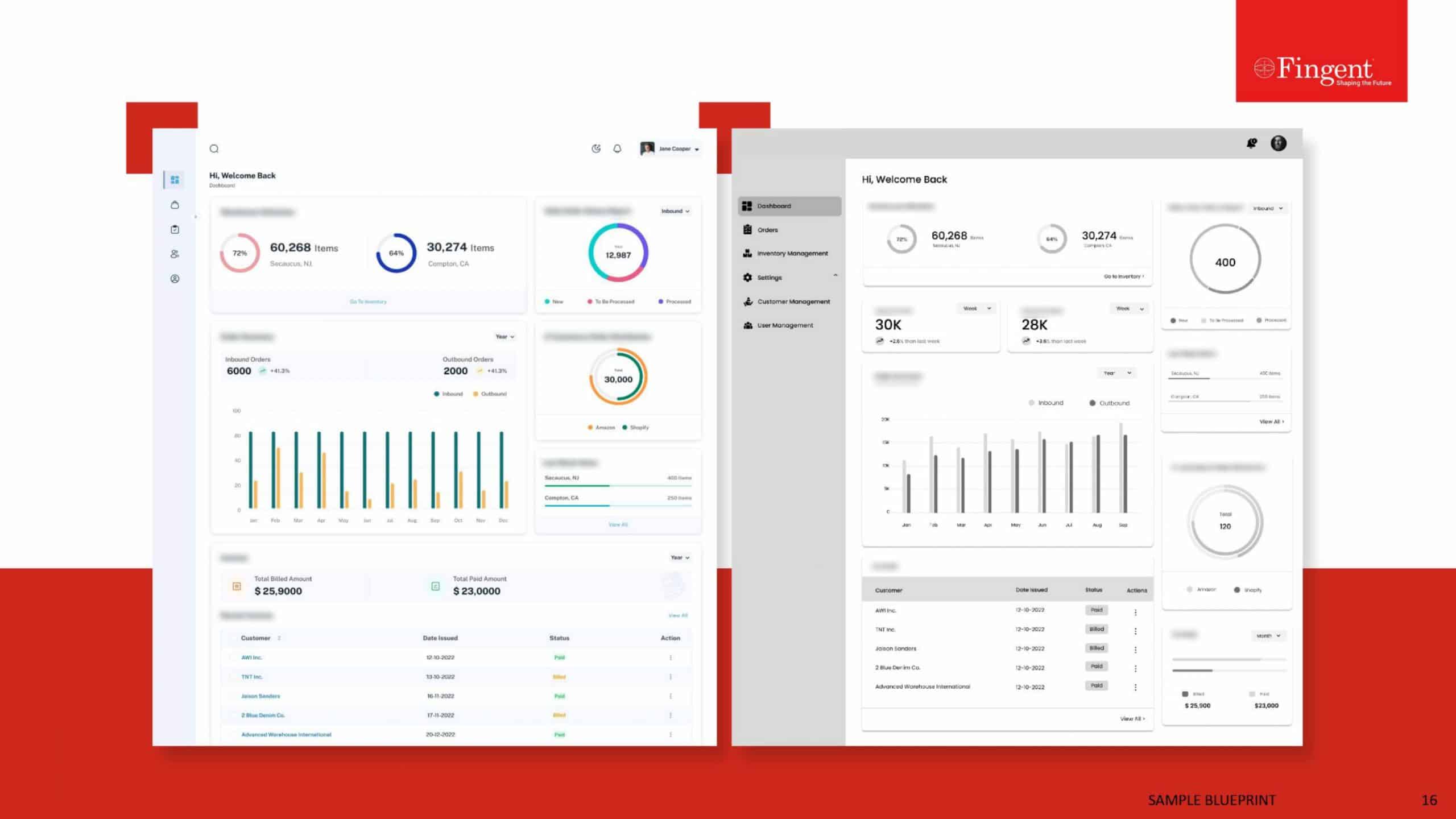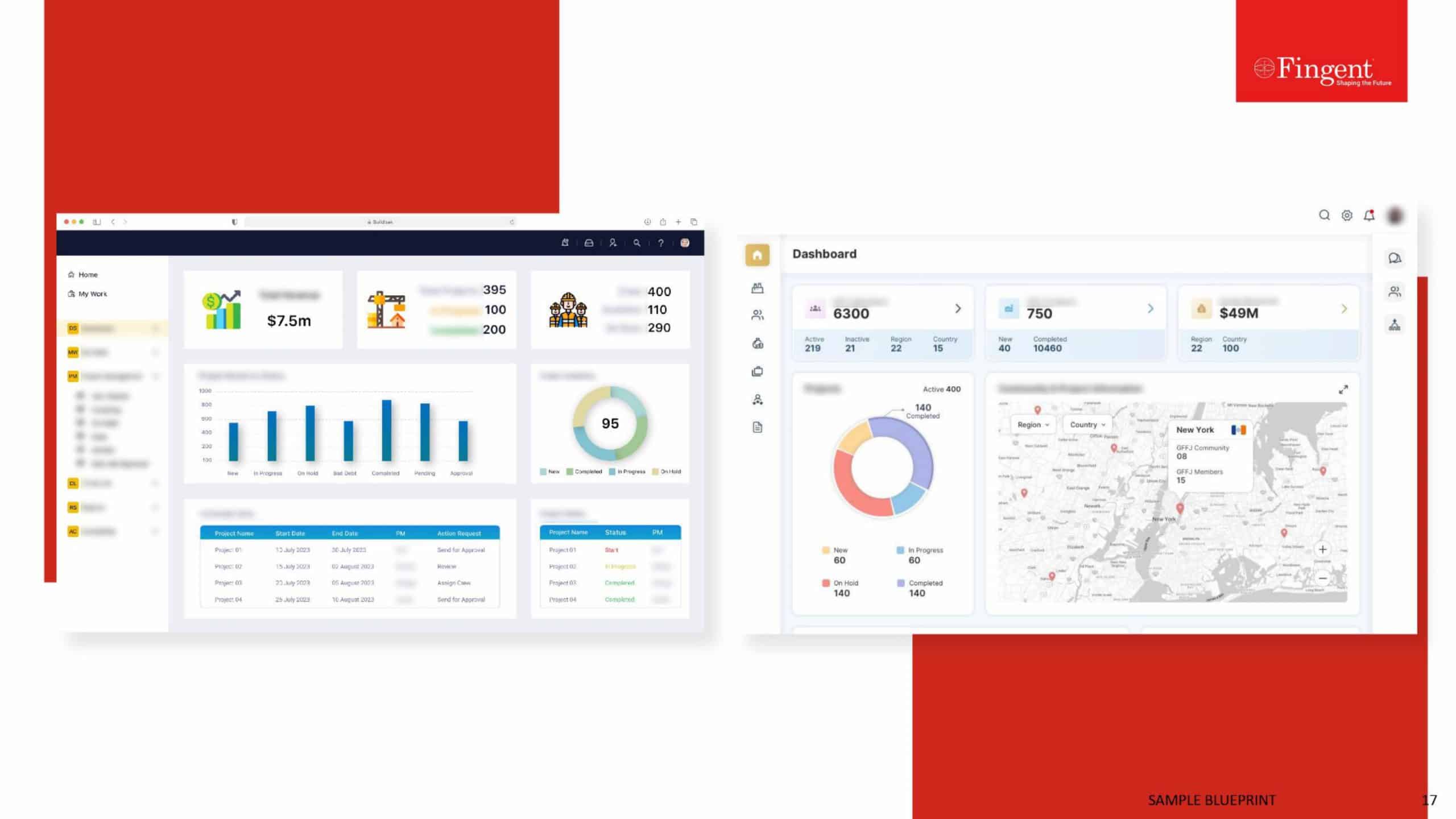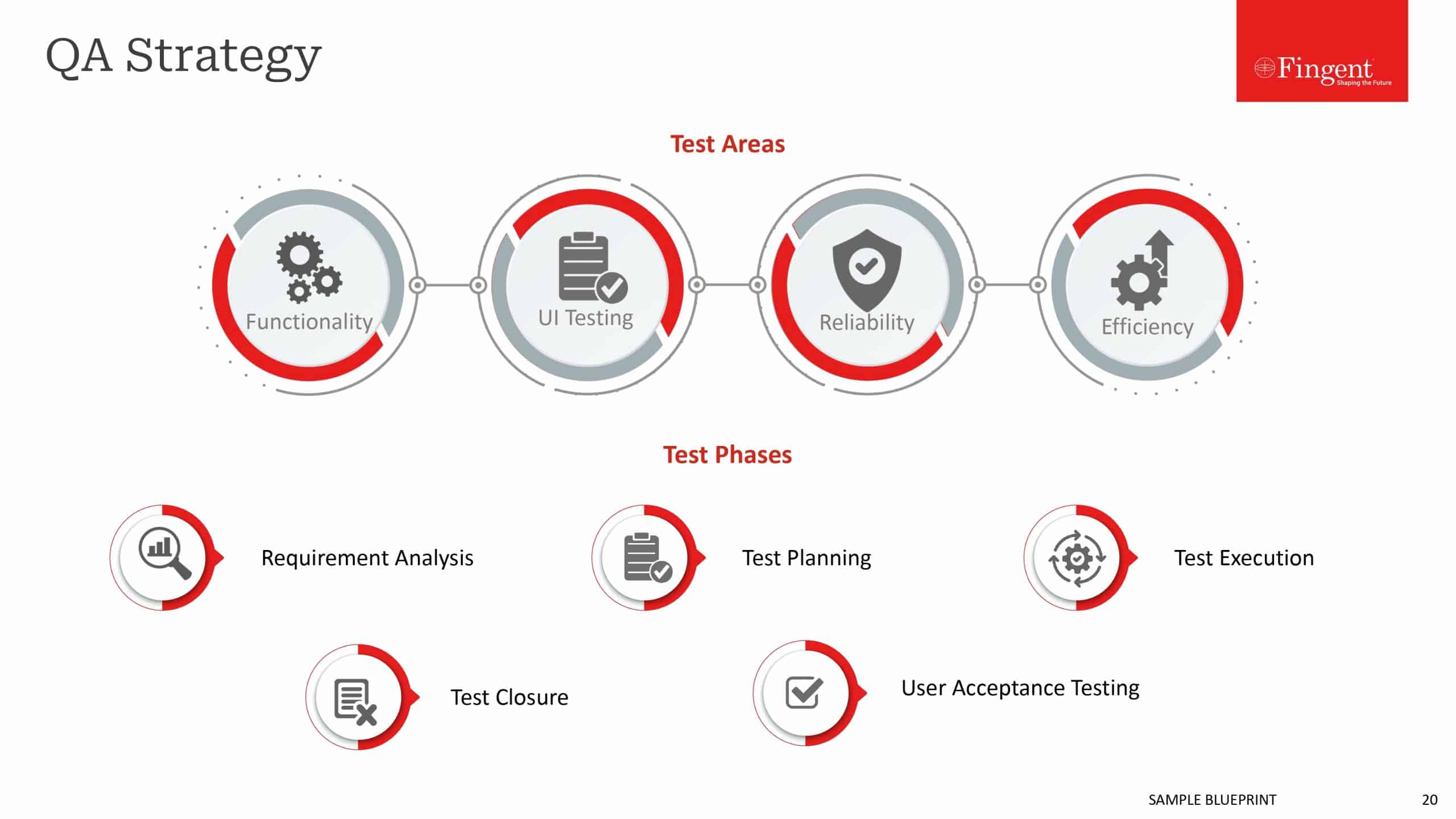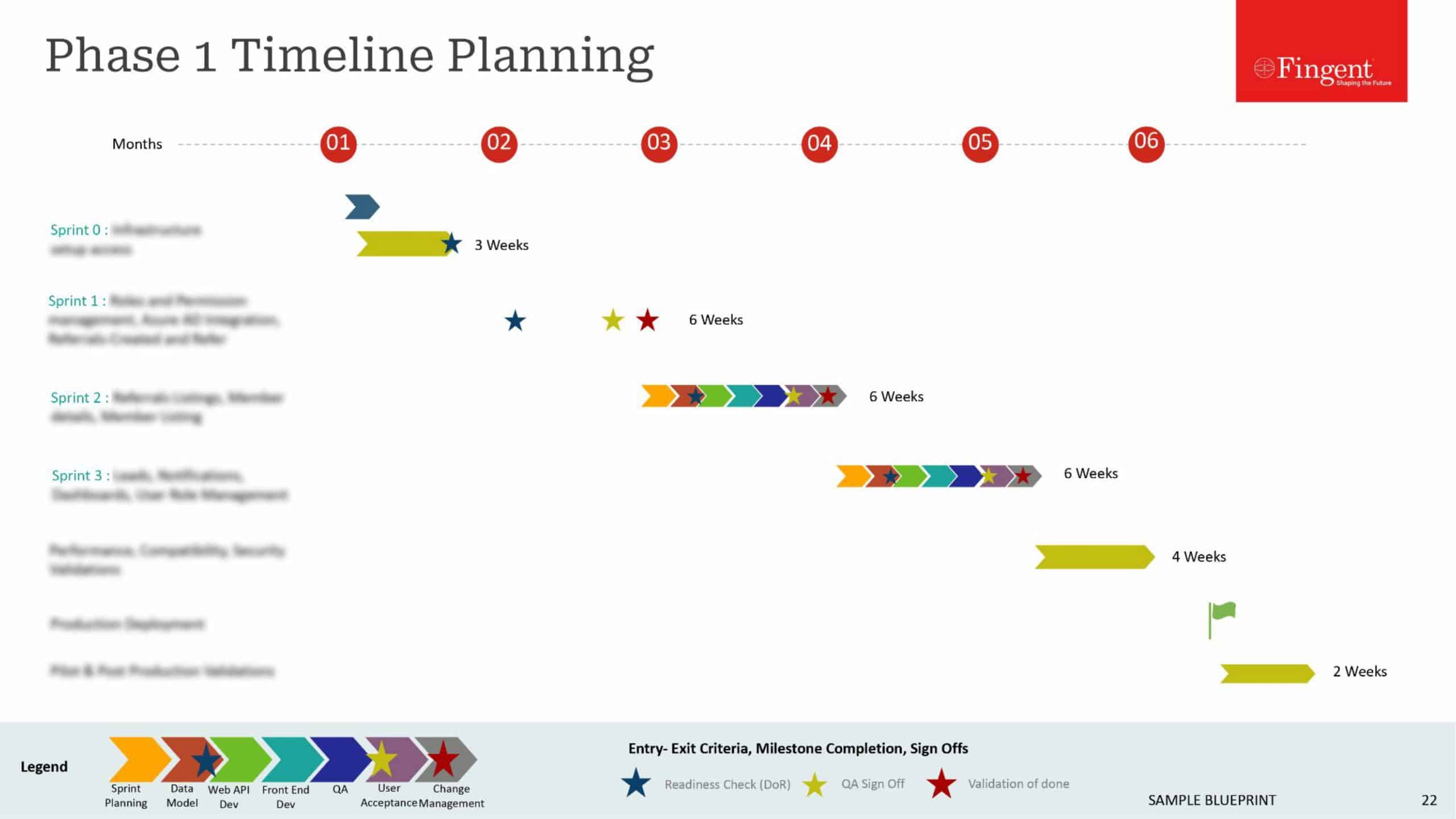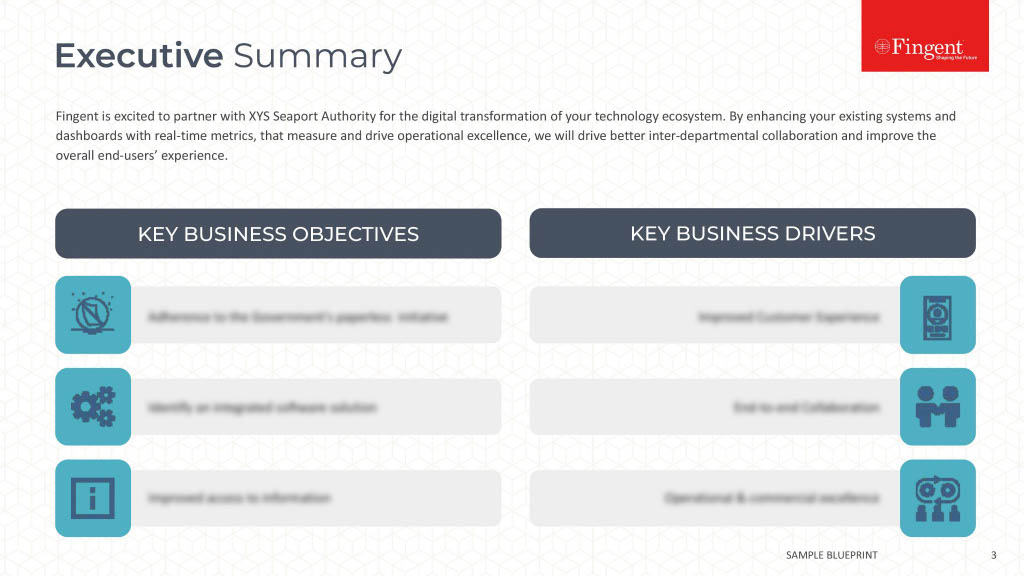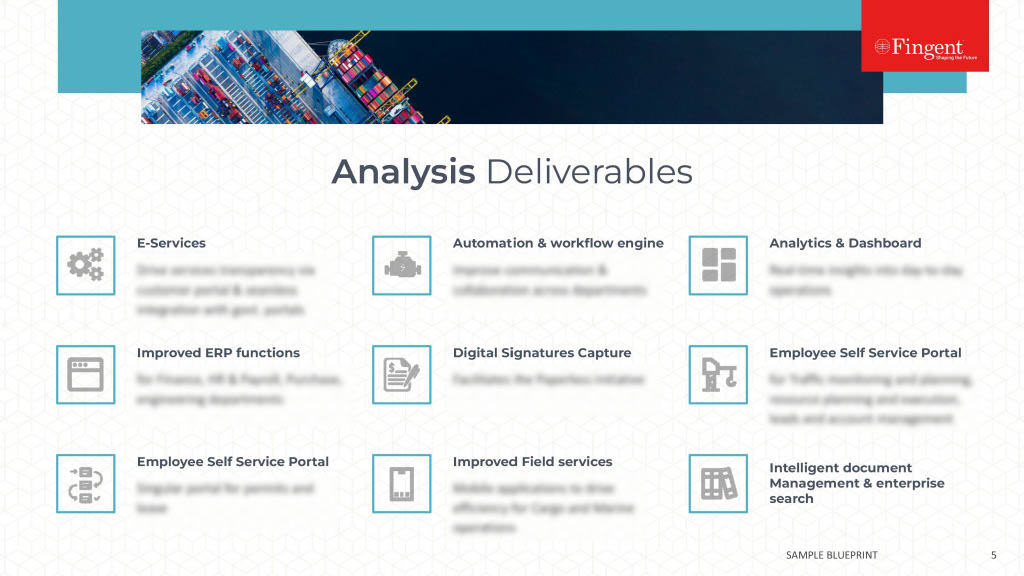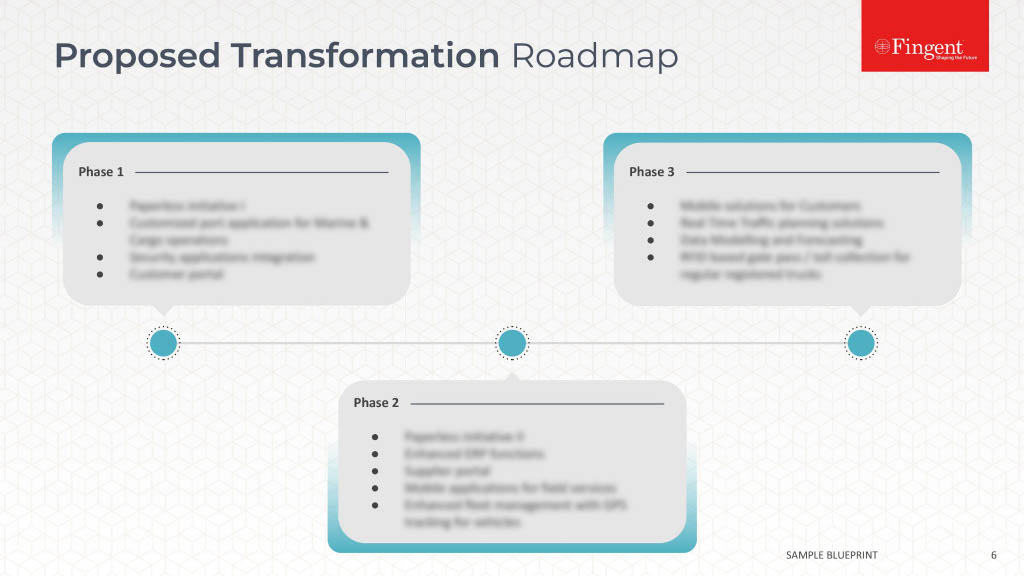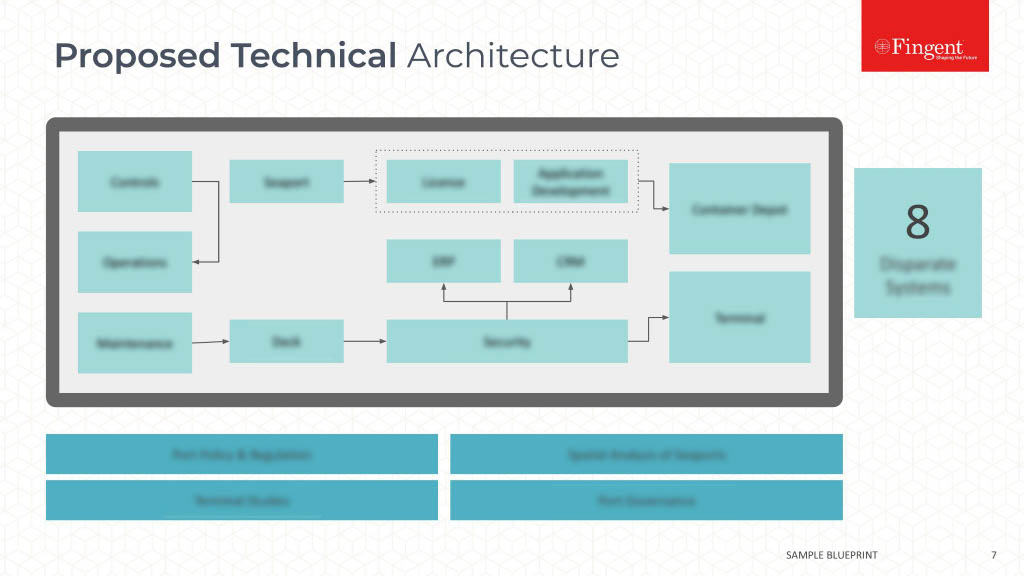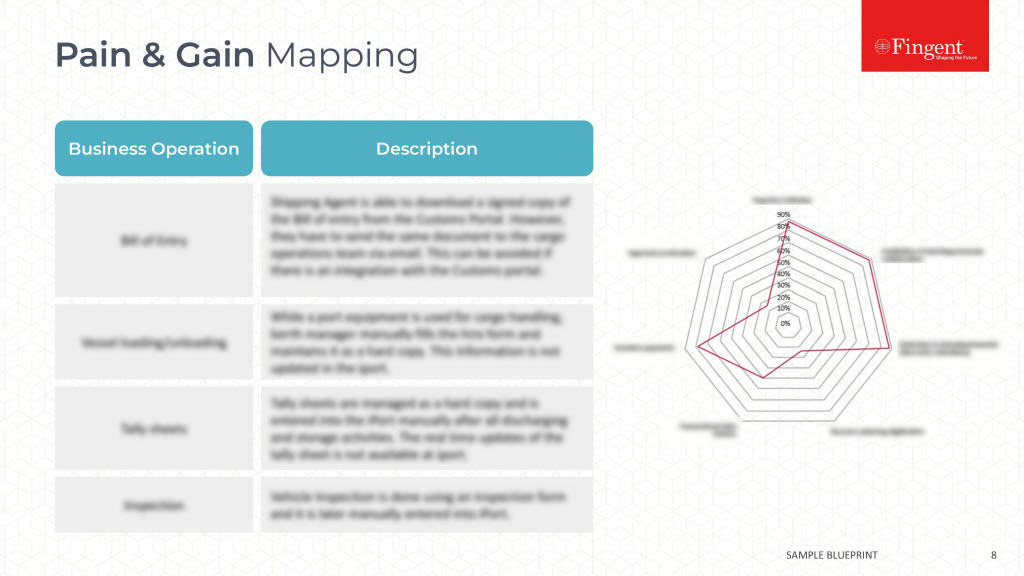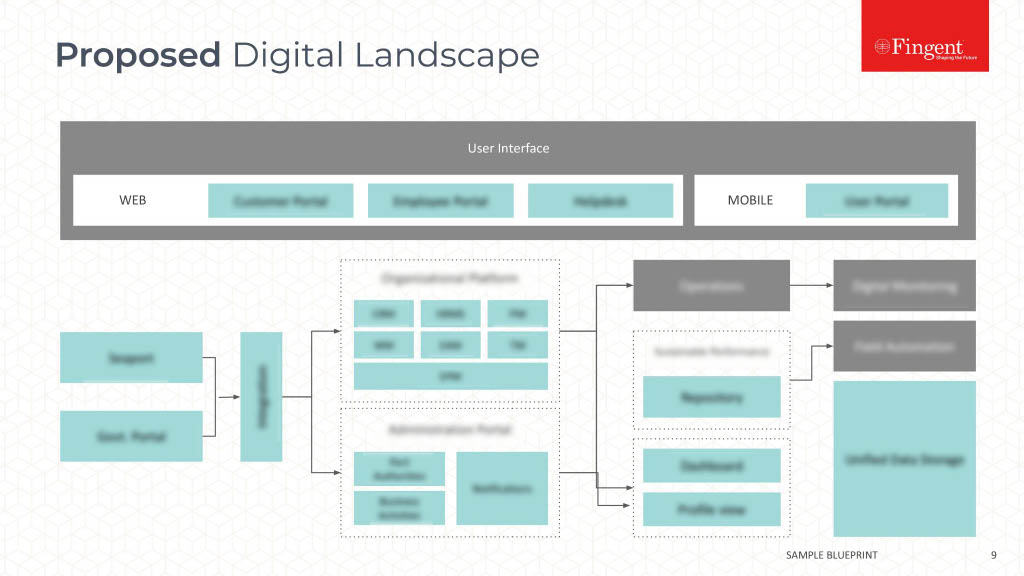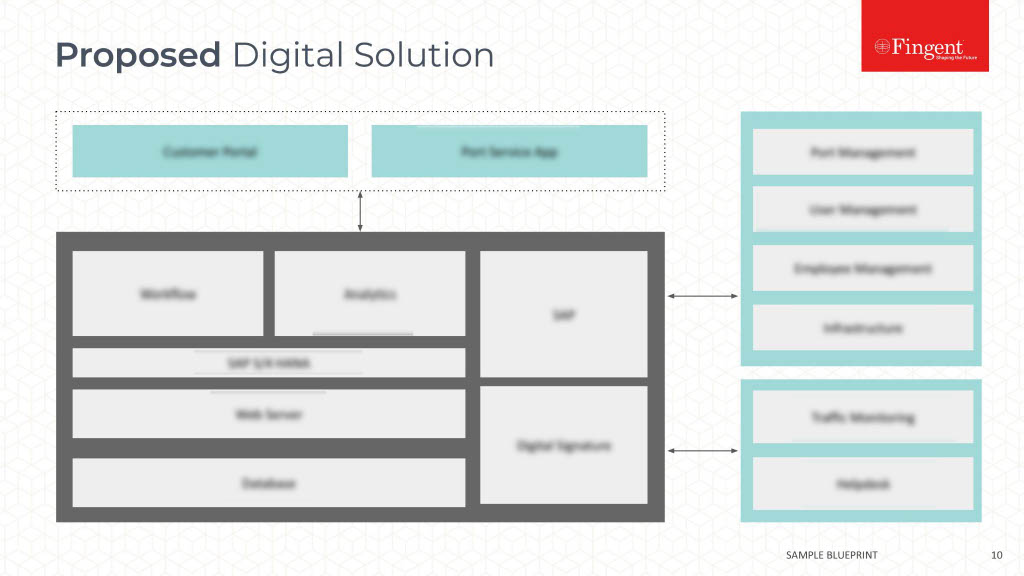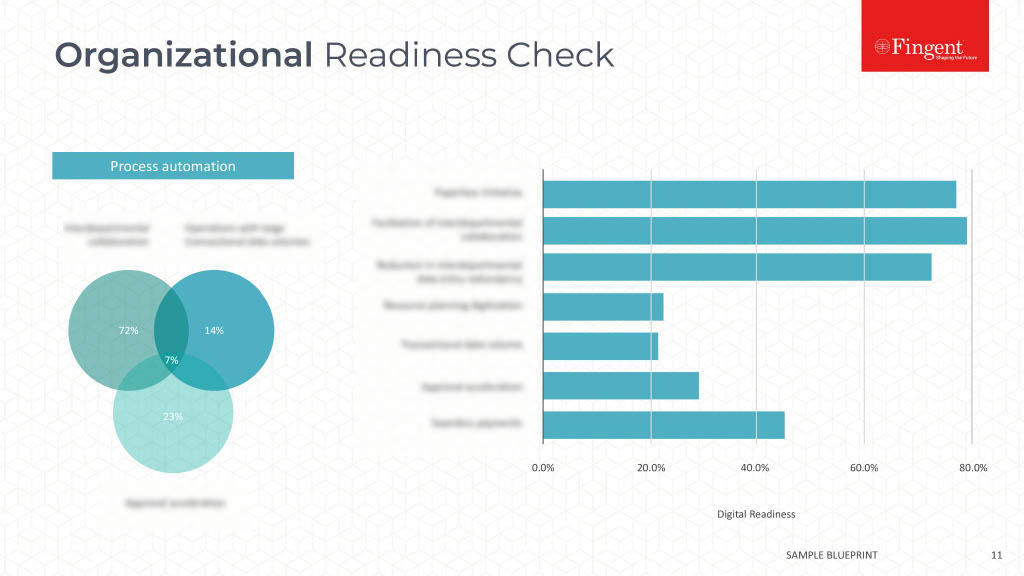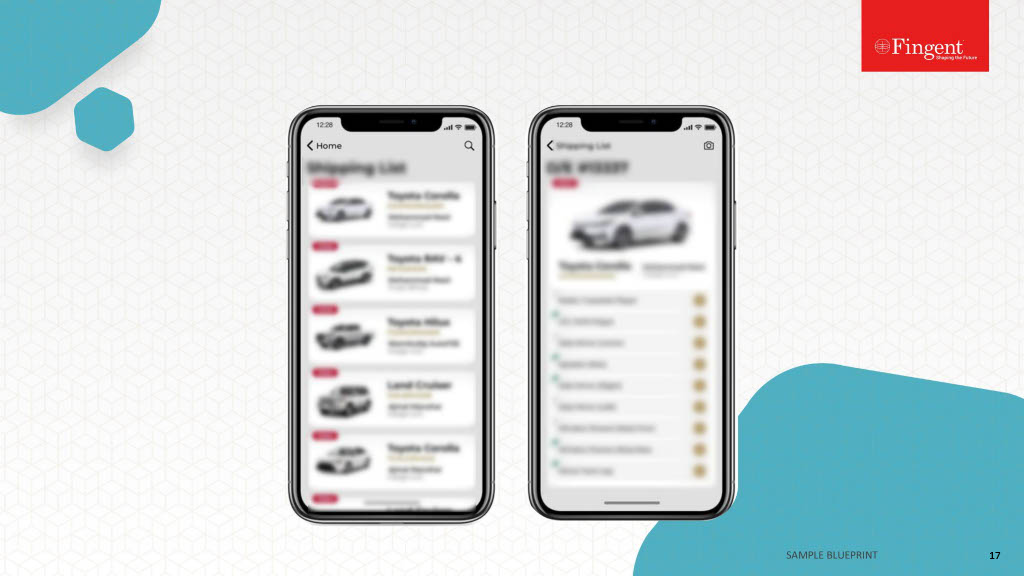HTML5: The Future of Mobile Application Development
Over the past few years, the one trend that we saw throughout was the rise in the use of mobile devices. The number of smartphone users in the world has now surpassed 2 billion according to E-marketer, which is an increase of about 12.6% over the past years. Now if that doesn’t say we are moving rapidly towards an increasingly mobile future, I don’t know what will.
While on one hand, it makes all our lives a lot easier, on the other hand, it means things are a little more difficult for the developers. Businesses these days demand more mobile based solutions, while at the same time, do not do away with web based applications. As the trend these days is, businesses want web applications that can also work on mobile devices – the best of both worlds.
Hence, developers these days are throwing up their hands in frustration trying to create interactive content through applications that are accessible from both desktop and mobile devices for businesses. A major shift towards HTML5 is now becoming more essential in order to satisfy industry demands. The future may well be in the hands of HTML5, considering the rising need for all pervasive applications.
The mobile world that we live in
As of this year, we have around 4.61 billion mobile users in the world and it is expected to reach almost 5.07 by 2019, considering the pace at which it is increasing every day. And another interesting fact is that since 2013, we have had as many mobile phones in the world as there are users. That means there is likely to be not a single individual now, who doesn’t own a mobile device, thereby increasing the chances of applications being viewed on mobile devices more.
This makes it all the more necessary for developers to create and deliver complex apps that work on all devices faster.
TMCnet contributing writer, Steve Anderson, mentions in an article that, the increasing popularity and use of mobile devices across business enterprises “will leave many developers looking for a way to develop for desktops that also allows for use on mobile devices.”
For all these reasons and also because of it’s rich features, it is no wonder that HTML5 is rising high in popularity.
A large majority of developers are now using HTML5
Almost 153 Fortune 500 companies are using HTML5 now. And a survey of more than 3400 developers conducted across the U.S, Europe, and Asia this year shows that more than 50% of developers are now developing HTML5 web apps for mobile, closely following iOS which are used by 61% of developers.
What’s more, as part of a recent Strategy Analytics survey on mobile application developers’ preferences and attitudes towards application development, researchers have also proved that, out of all the technologies used for building native or web apps, HTML5 showed the strongest predicted growth rate at 20%. They also found out that almost 63% of all business apps are being created in HTML5.
Always the developer’s choice
HTML5 offers a whole new range of possibilities and powerful capabilities to its developers when compared to native apps development. Syntactic features like audio, video and canvas elements, for example, are some of the new and effective features provided by HTML5, all of which make it much easier for developers to integrate multimedia or graphical content on the web app or web, without the need to rely on APIs and plug-ins.
Another key attraction for developers towards HTML5 is its open standards support, which enables them to fulfill application requirements in the face of fragmented mobile devices, form factors, platforms, and operating systems. They can basically use HTML5 to create and deliver rich content without having to rely on the device or its Operating System, which again makes it more preferred than native.
Besides, developers have always preferred coding in a language that can be used across different platforms, so as to ensure good quality user experiences on multiple devices and screen sizes. Also, because it helps them maintain a skillset that can be applied for different kinds of requirements as well as companies or employers. These days even JavaScript programmers are moving to HTML5.
In the future
Looking back, it is indeed surprising to see how much of an impact HTML5 has had on mobile app development. It has literally been a revolutionizing force. Now, it has come to be the perfect blend of developer preference, business requirements, and technological advancement. In the coming years, it is definitely going to be adopted by more number of enterprises, as they are slowly moving from their usual administered use of Internet Explorer, to Chrome or Firefox browsers at work, both of which have high-level HTML5 support. Further in future, with the growth of Windows 10 adoption and use, the use of the new Microsoft Edge browser will also increase, which will enable business enterprises to make full use of the power of HTML5.
Want to develop a smart Mobile Application for your Business?Contact us.
Stay up to date on what's new

Recommended Posts

01 Jul 2022 B2B
5 Biggest Innovation Barriers That Business Leaders Should Resolve In 2024!
“Innovation is critical to the future well-being of society and to driving economic growth.” - The World Economic Forum, Prior to the COVID-19 outbreak, several organizations were reluctant to……

09 Aug 2021
Engaging and Experiential Buying with 3D Web Configurators in the Home Improvement Industry
Revolutionizing Home Improvement Business With 3D Web Configurator Technology COVID-19 pandemic's impact has ushered in a dramatic shift in the behavior and preference of customers. However, this shift was not……

28 Jul 2021
Mobile Application Development: Your Ultimate Guide for 2025
/*! elementor - v3.23.0 - 25-07-2024 */ .elementor-heading-title{padding:0;margin:0;line-height:1}.elementor-widget-heading .elementor-heading-title[class*=elementor-size-]>a{color:inherit;font-size:inherit;line-height:inherit}.elementor-widget-heading .elementor-heading-title.elementor-size-small{font-size:15px}.elementor-widget-heading .elementor-heading-title.elementor-size-medium{font-size:19px}.elementor-widget-heading .elementor-heading-title.elementor-size-large{font-size:29px}.elementor-widget-heading .elementor-heading-title.elementor-size-xl{font-size:39px}.elementor-widget-heading .elementor-heading-title.elementor-size-xxl{font-size:59px}Mobile App Development – Complete Guide for 2025 Let’s Discuss Your Project Table of Contents Introduction What……

24 May 2021 Retail Healthcare
Ways To Accelerate Business Growth and Success in 2024
How Organizations Can Embrace Transformation and Expedite Their Growth From remote working and e-learning to sales and customer service to more critical cloud infrastructure and security, the COVID-19 pandemic has……
Featured Blogs
Stay up to date on
what's new














